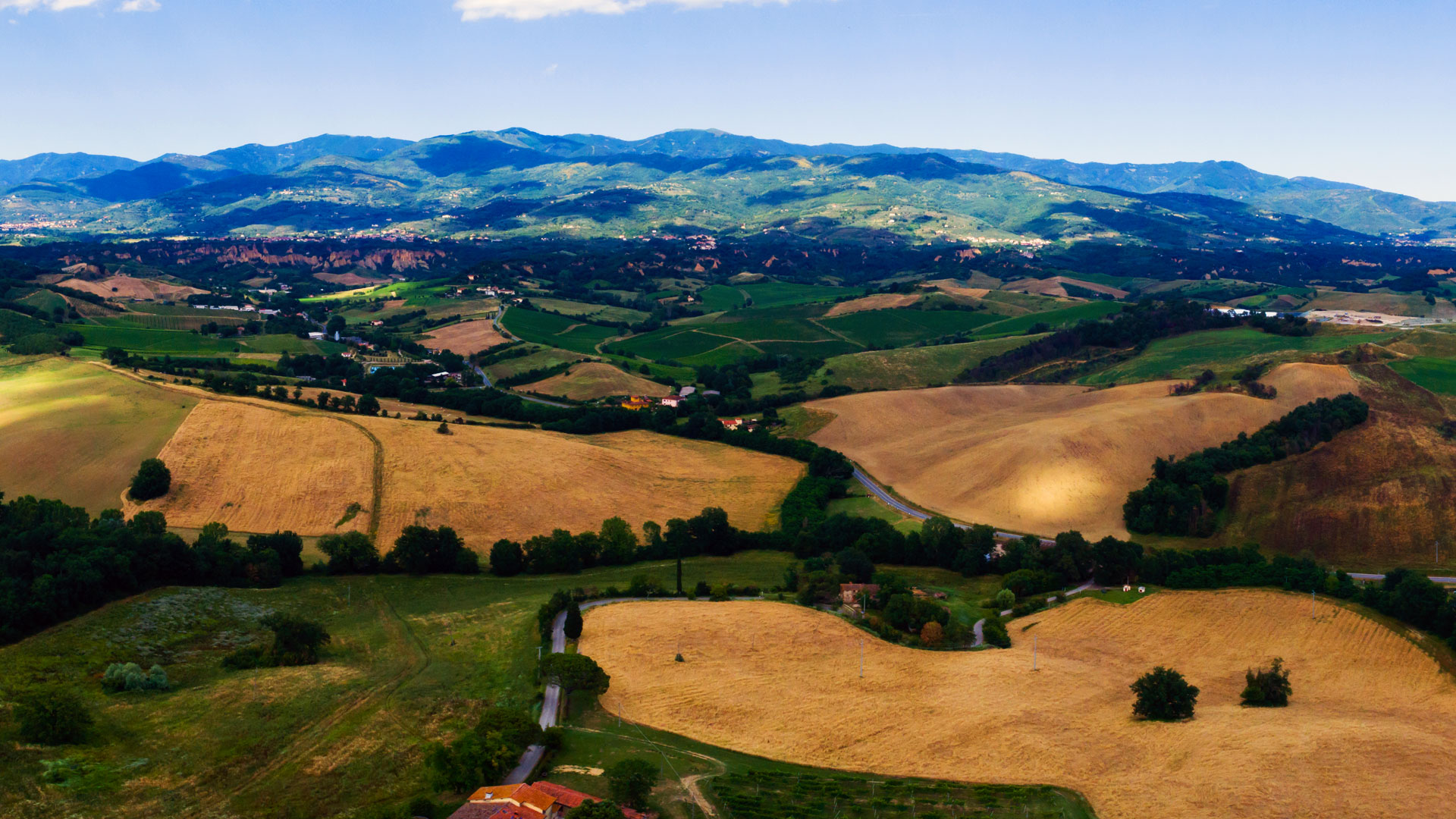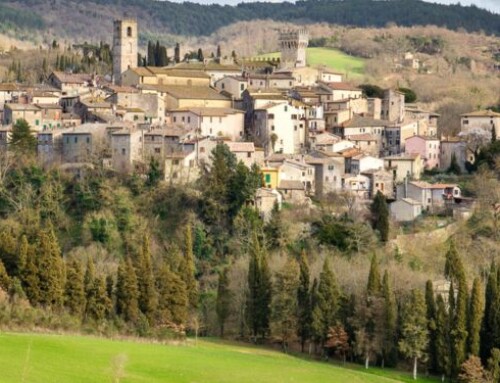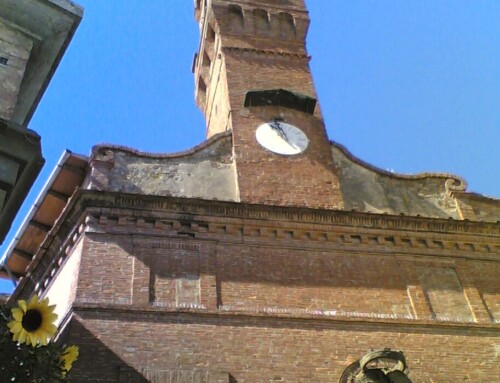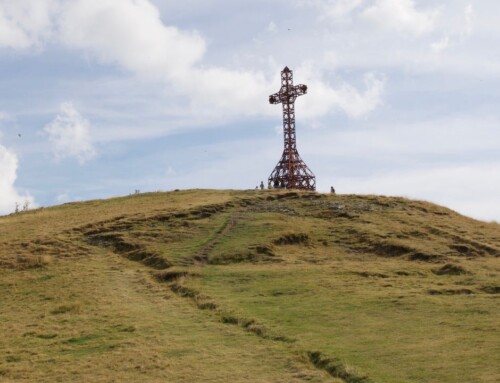The Four Valleys of Arezzo

The Four Valleys surrounding Arezzo - the Casentino, Val di Chiana, Val Tiberina and Valdarno - offer a wealth of history, culture, and natural and architectural beauty. From the Casentino Forest National Park, a place of inspiration for Dante Alighieri, to the Conti Guidi Castle in Poppi, these valleys bear witness to a rich and varied past. Camaldoli, with its hermitage, and the village of Poppi are just some of the places where history meets nature. Each valley has its own peculiarities, from the artistic and historical heritage of Sansepolcro and Anghiari in the Val Tiberina, to the Casentino wine and food tradition, to the architectural wonders of Valdarno such as the Castle of Sammezzano. A trip to these valleys is an immersion in the most authentic and unspoiled Tuscany, rich in culinary traditions, works of art and breathtaking landscapes that deserve to be explored.
There are four wonderful Valleys surrounding Arezzo: rich in history, culture, and natural and architectural beauties, the valleys definitely deserve a visit.
The four valleys are the Casentino, Val di Chiana, Val Tiberina, and Valdarno. Continue reading this little introduction to the Arezzo area, stimulate your curiosity, and come to explore these beautiful lands!
Let’s start with the First of the Four Valleys: The Casentino and its Wonders
Casentino Valley, located north of Arezzo, is a concentration of historical and natural treasures. Its nature ranges from snow-capped mountains to castles that protected the population in times of war. The Casentino Forests National Park, known worldwide, invites immersion in its woods, rich with legends and history. Dante Alighieri spent periods of his life here, writing parts of the Divine Comedy and participating in the Battle of Campaldino. Poppi, with its imposing Castle of the Conti Guidi, offers a complete overview of the history and culture of the area.
Architecture and Traditions of the Casentino
Camaldoli, with the Hermitage founded by Saint Romuald, is a corner of peace and spirituality, surrounded by enchanted woods. Pratovecchio and Stia preserve traces of the Conti Guidi with the Castle of Romena and the Pieve di San Pietro. Stia also hosts the Wool Art Museum, highlighting the importance of wool in the Casentino valley. Soci, near Bibbiena, is known for the production of Casentino Cloth. Beyond the monuments, the Casentino’s gastronomic tradition is notable, with products like the potato of Cetica and the cured meats of the Grigio del Casentino pig. Visit the Casentino to discover an authentic and pristine Tuscany.
Continuing the Tour of the Four Valleys: Beauties and History of the Val di Chiana
The Val di Chiana, located south of Arezzo, is a true Tuscan gem, preserving natural landscapes and enchanting villages. We find here the Canale Maestro della Chiana, dating back to 1338, that marks its territory. Cortona, once called Curtun by the Etruscans, preserves precious archaeological sites and the renowned Diocesan Museum with works of art by famous artists. Walking through the streets of its historic center is an unforgettable experience. In Castiglion Fiorentino, one can feel the medieval atmosphere, thanks to its Church of San Francesco and the Vasari Loggia. The Piazzale del Cassero with its ancient stronghold should not be forgotten.
Gastronomy and Local Traditions
Monte San Savino boasts the best Porchetta in Italy of 2022, a recognition that followed a place in the Guinness World Records in 2004. Tasting this delicacy while admiring the Hanging Gardens of the Palazzo del Comune is a true pleasure. Civitella in Val di Chiana, near the B&B Poggio del Drago, offers history and fun with its Museum of Memory and the “Sarapino” event. The latter, inspired by the Arezzo Saracen Joust, is a festive occasion where participants compete on Piaggio Apes. Finally, the Castle of Gargonza and Lake Trasimeno are must-visit stops for those who want to complete their visit in the Val di Chiana.
Artistic and Historical Treasures of the Val Tiberina: Continuing the Tour of the Four Valleys
The Val Tiberina harbors inestimable treasures. Sansepolcro, for example, boasts an immensely rich historical heritage. Its origins, dating back to 934 A.D., are tied to a divine sign received by pilgrims Arcano and Egidio. Here, you can visit the Cathedral with Perugino’s Altarpiece and stroll among historic buildings like the Palazzo Ducci. Anghiari, one of the Most Beautiful Villages of Italy, is known for the historic Battle of 1440. The village offers breathtaking views like the Gian Franco Vené Belvedere.
Places of Art and Faith in Valtiberina
Caprese Michelangelo is famous as the birthplace of Michelangelo Buonarroti. Here stands the Birthplace Museum of Michelangelo, housed in the Castle of Caprese. The nearby church baptized the great Renaissance artist. Monterchi, despite its size, preserves works like Piero della Francesca’s “Madonna del Parto.” Additionally, the Val Tiberina offers spiritual places like the hermitage of Montecasale, founded by Saint Francis of Assisi, and the hermitage of Cerbaiolo, once a Benedictine monastery and now Franciscan. The latter overlooks Lake Montedoglio, evoking memories of the Verna Hermitage in the Casentino.
Last of the Four Valleys, but Not Least in Importance: Historical and Natural Sites of the Valdarno
Valdarno, situated between Arezzo and Florence, boasts historic villages and breathtaking landscapes between the Pratomagno mountains and the Chianti hills. The Sammezzano Castle, unique in Tuscany for its Moorish-Oriental architecture, dates back to 1605 and, after a renovation in the 19th century, today captivates visitors with its multicolored frescoes and vast gardens. Another jewel of the Valdarno is the Abbey of San Giovanni Gualberto in Vallombrosa, immersed in woods that seem straight out of a fairy tale. The Bandella Nature Reserve also offers fascinating paths through the biodiversity of the River Arno.
Villages and Cultural Attractions of the Valdarno
San Giovanni Valdarno, designed by Arnolfo di Cambio, hosts the Palazzo d’Arnolfo and the Basilica of Santa Maria delle Grazie. In Montevarchi, the historic center features the Palazzo del Podestà and the Collegiate Church of San Lorenzo, while the Paleontological Museum preserves prehistoric finds, including the Elephas Meridionalis. The village of Loro Ciuffenna displays the oldest water mill in Tuscany, while Il Borro, restored by the Ferragamo family, is a top tourist destination. Not to forget Figline Valdarno, with its Collegiate Church, the Serristori Loggias, and the Garibaldi Theatre. Every corner of the Valdarno is a journey through history, art, and nature.
Reading Time: 4min
Table of Contents:
- Let’s start with the First of the Four Valleys: The Casentino and its Wonders
- Continuing the Tour of the Four Valleys: Beauties and History of the Val di Chiana
- Artistic and Historical Treasures of the Val Tiberina: Continuing the Tour of the Four Valleys
- Last of the Four Valleys, but Not Least in Importance: Historical and Natural Sites of the Valdarno




